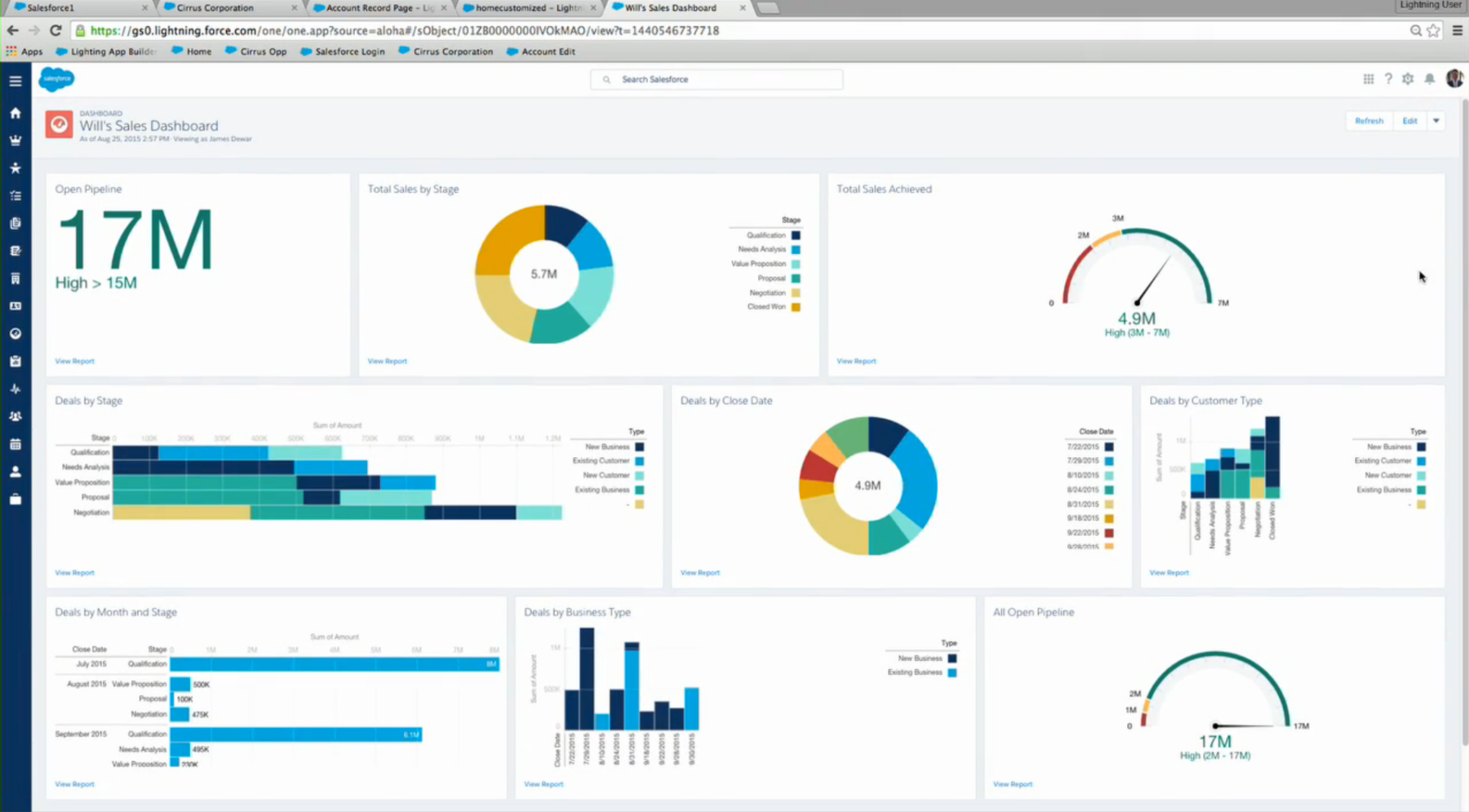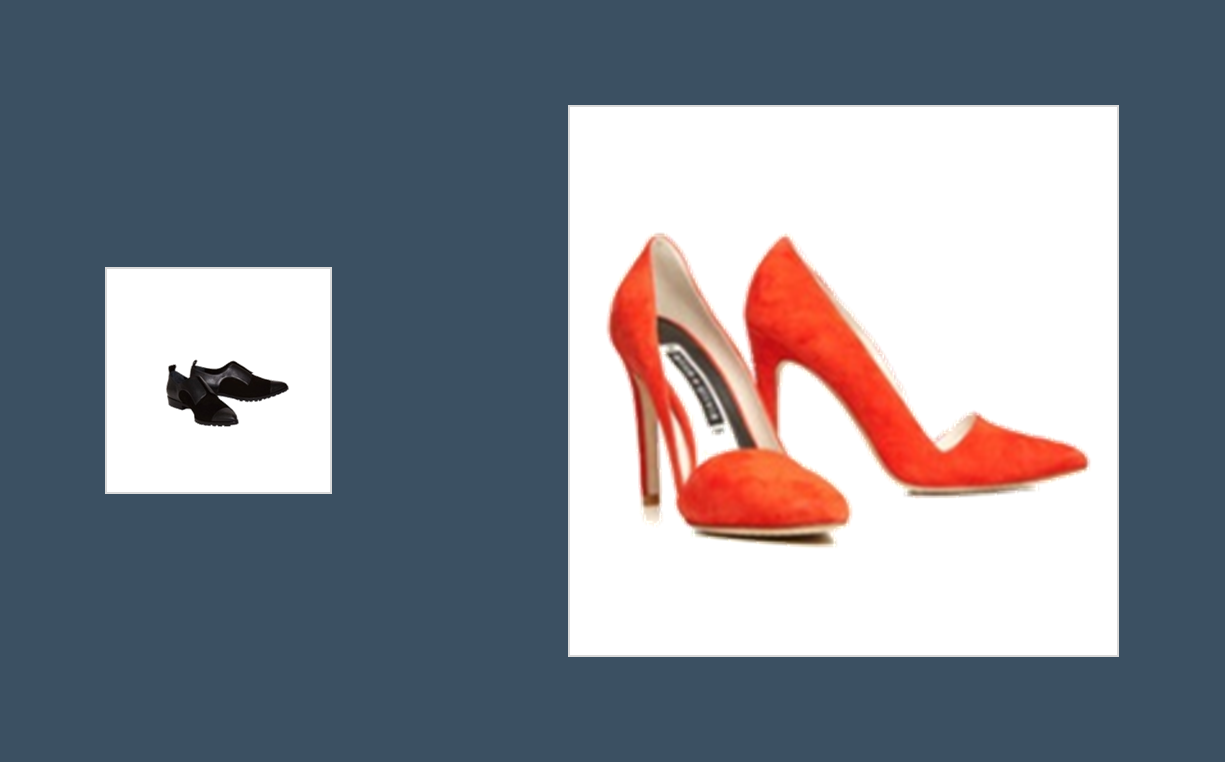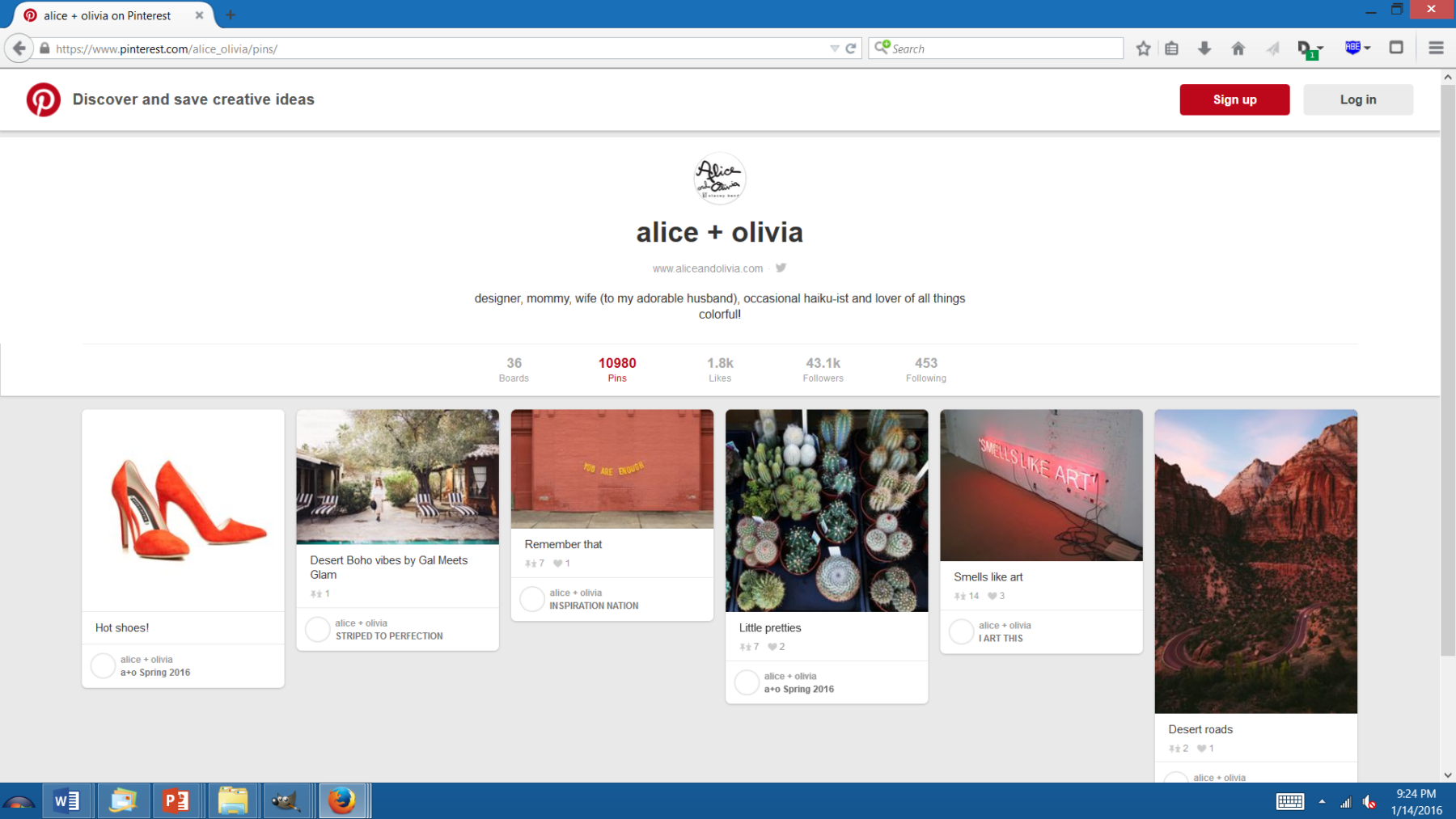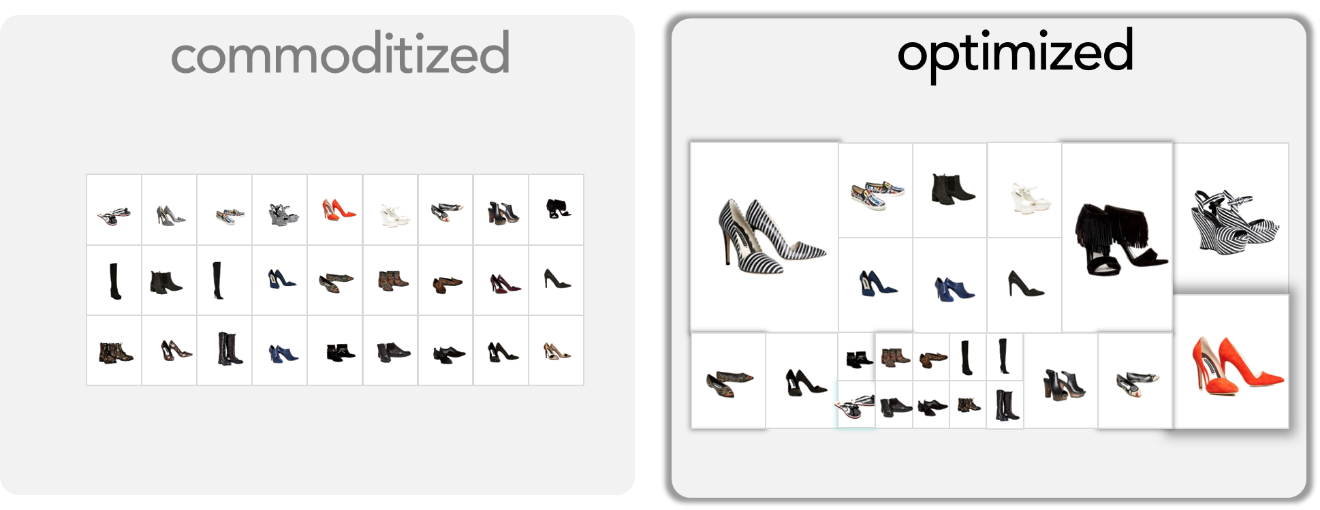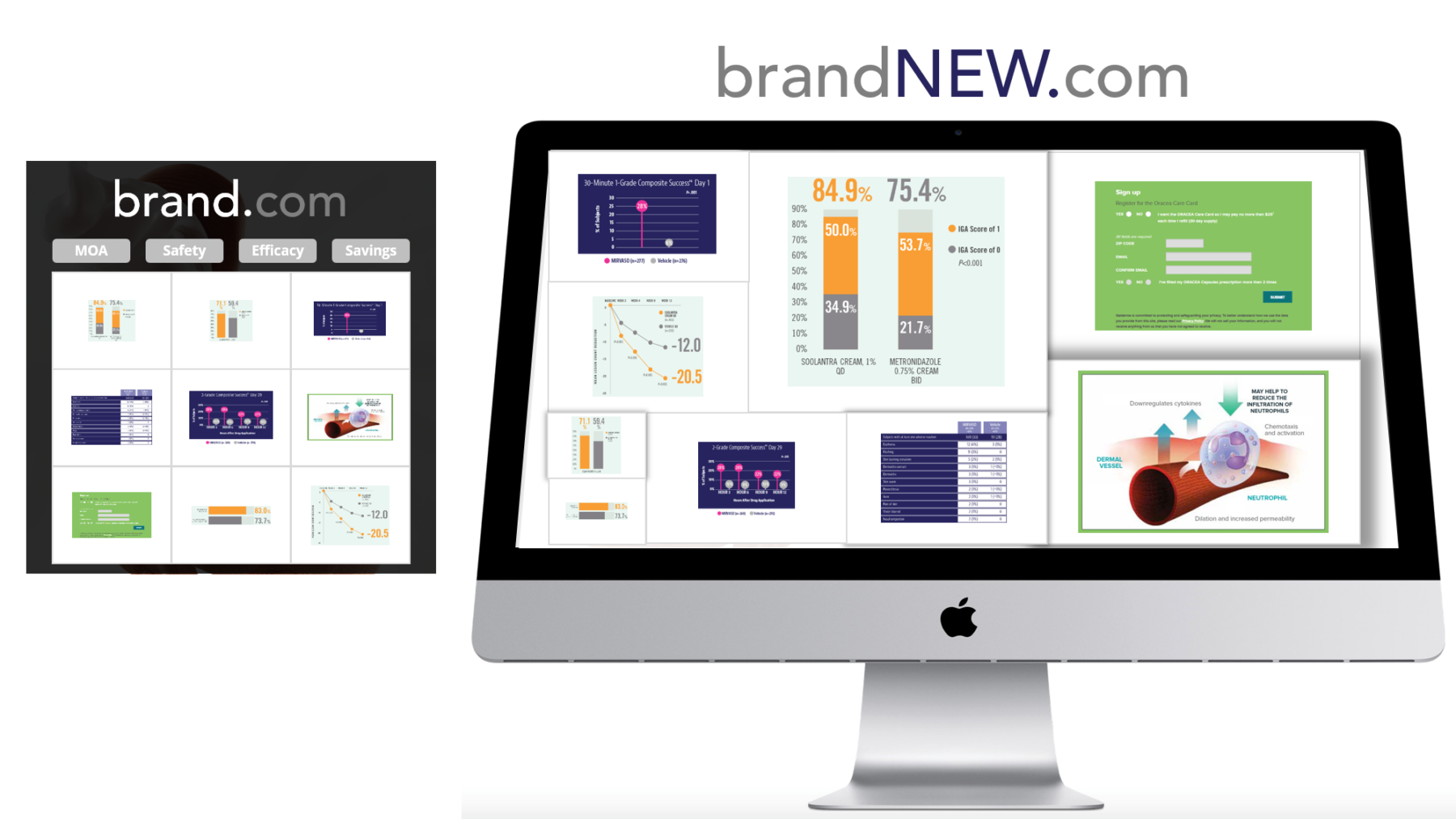We all know about customer relationship management—CRM. It’s a way of storing and using all the stuff we learn about our customers. It’s incredible, rich data but very difficult for a person to comprehend and act on. The real value in data is to chart it in ways that add context, highlight key information, and allow us to make decisions quickly and easily.
Excel can help us visualize data. Many of us have advanced to more-sophisticated real-time systems. These systems, help us understand our data and identify opportunities.
Business Intelligence For You—Consumer Intelligence For Your Customers
All those dashboards fall under a category called business intelligence, or BI. Gartner Group estimates companies spend more than $14 billion a year on it.
What do you think happens if we help our customers see our data, similar to the way we do, so that they too can understand their choices and act on them? One answer comes from my friend Vanessa. She’s a hip 20-something fashion marketer in New York. She uses the value of “seeing stuff” to engage her customers. She calls her strategy “Show Her Options to Engage,” or SHOE—apropos since it comes from her favorite hobby: Shopping for shoes. We prefer a more techy term like consumer intelligence, or CI—but why quibble?
We created this simple CI graphic to represent Vanessa’s browsing, purchase, and return history at fashion brand Alice & Olivia. It shows that she buys shoes with high heels in bold colors far more often than she does black flats.
If Alice & Olivia presented its offerings like this when Vanessa arrived at its site—if it displayed colorful high heels more prominently than black flats—she would see right away the products match her style, prompting her to act immediately. Better brand affinity—more actions. Engage. Show Her Options to Engage. Get it?
Social Media is Data Visualization
Social media stores stuff about how people relate to products (or content) and their community. It then applies a visual format to help each user understand that data. In a real sense, social media is CRM plus data visualization.
Check out Alice & Olivia on Pinterest. There’s no search. Stuff that matters to the user/shopper/consumer is brought to the fore. Just like Vanessa’s shoe example.
You can ask your customers to link their social media accounts to their profile at your site. It gives them another reason to engage with you. At the same time, they are letting you see their community. And yes, I know you are sitting there asking, “Will doctors or patients connect their social media account to a site?” The answer is most likely yes.
Think about it. How many times have you logged into a discussion board on a site or app with your Facebook account? I am sure, “a million times” is only a slight exaggeration at this point.
And, that’s the point. Facebook, Twitter, Pinterest, LinkedIn, and even Doximity all provide a standard way (API) to let their users use their credential to log in to third-party sites. People now just do it instinctively. In most cases, it is to access features the site/app provides or to skip the need to register by creating yet another new email/password combination specific to a site/app.
The Best Social Site is YOURS
Like dashboards, social platforms such as Pinterest highlight choices curated by a person’s community. People flock to social for many reasons. Graphic representation of community-sourced content and products is one of the biggest reasons. Discovering products, services, ideas, and images from like-minded people is another.
The best solution for your customers and prospects combines CRM knowledge at the product level, data visualization, and social curation. There’s only one place to get all three. Your site! Your site is the only place that can combine the customer knowledge locked in your CRM with the communities your customers build. Not Facebook, not Pinterest, not LinkedIn, not Twitter. They don’t have your CRM.
Associating data in real time for each customer takes your site from commoditized to optimized. Your site can look like this.
Your CRM and algorithms tell you Vanessa likes heels and colors, so make them bigger. If her social graph tells you her friends like orange this season, push shoes with orange forward. By using your CRM plus social graphs your customers share, you can Show Her Options to Engage. SHOE.
SHOEs Everywhere!
We showed an example for products. It works just as well with content. Choice is choice—CRM stores anything. SHOE your data. Our example was a website. SHOE works just as well anywhere you can present your offerings, like apps and emails. You can SHOE in every channel.
We’re in era of surround-sound marketing. We shout variations of the same message at the whole audience in every channel. Think of SHOE as hi-def marketing.
Now, use that to engage your customers. Turn CRM (and social) data into things your customers can see and act on. SHOE—Show Her Options to Engage.



